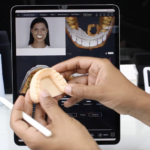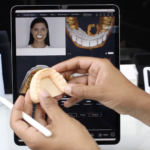

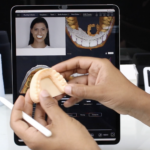
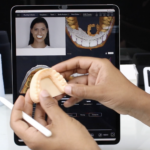
Case Report Information
- Case Report byDr. Pietro Sibilla, Studio Associato Rea-Sibilla, Italy
- Information
This educational case report explores the significance of using smile design and a motivational mock-up as a pre-treatment tool in complex multi-disciplinary procedures, including orthodontics. The mock-up serves as a crucial communication bridge between the dentist and the patient, facilitating informed decision-making and providing a clear visualization of potential aesthetic outcomes.
Case Presentation
A young adult female patient presented at our practice with concerns about a midline diastema shifted slightly to the right, and discolored teeth.
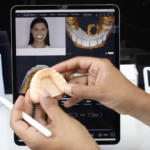
Initial Consultation and AI-Guided Smile Simulation
A comprehensive clinical examination was conducted during her first visit, and a high-resolution photograph of her smile was captured. Utilizing AI technology, a chairside Smile Simulation was generated. This simulation allowed for an interactive discussion about possible aesthetic enhancements tailored to her preferences.
After completing the necessary clinical examination, a photograph of her smiling face was
taken. An AI-generated Smile Simulation was created chairside, allowing for a more effective discussion of aesthetic changes and smile enhancements while taking the patient's preferences into account.
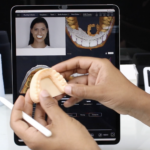
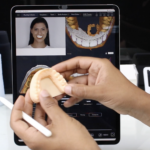
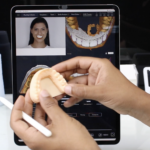
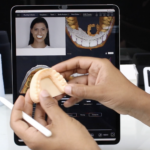
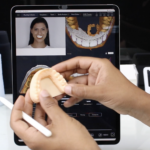
Treatment Planning and Digital Workflow
Considering the patient’s primary complaints and clinical findings, a 3D smile design was proposed to harmonize her smile with better proportions, texture, and lighter shade. A digital impression of the upper and lower arch was made with an intraoral scanner to begin the 3D smile planning.
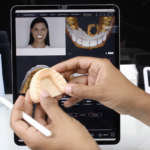
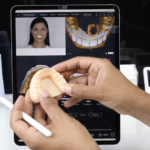
Inter-Appointment Progress: Automated AI Design
To begin the 3D Smile Design planning, the patient's upper intraoral scan (.stl file) was superimposed onto the picture to deliver the facially-driven design approach.
The artificial intelligence (AI) system automatically sets the occlusal curve based on the current patient's teeth. The occlusal curve, indicated by the green line, guides the placement of the incisal edge in the future 3D design, according to the "Recurring Aesthetic Dental Proportions (RED Proportions).”
The dentist or smile designer can choose between two options:
1- Ideal Curve: This option ensures symmetry on both sides of the patient's dental arch.
2- Match Patient: This option preserves the patient's existing occlusal curve.
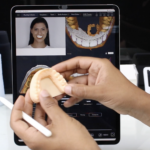
Book a session with us to learn how to use SmileFy like a pro!
3D Mock-Up and SmileFy Application
The SmileFy platform was used to select from various tooth shapes, which were virtually placed over the patient’s photographs and intraoral scans for an integrated facial and dental evaluation. Adjustments to interproximal spaces and fine-tuning of the design were made using the AI tool Liquify and various brushing tools. The finalized design was exported, and a model was printed for a physical smile trial during her subsequent visit.
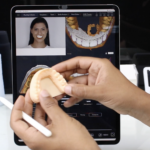
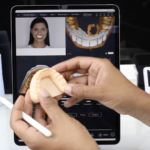
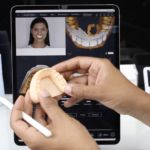
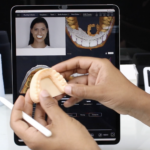
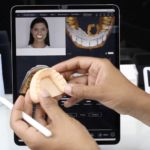
Patient Outcome and Feedback
The patient was highly impressed with the visible improvements in her smile and the streamlined treatment process, which increased her confidence in proceeding with the proposed orthodontic treatment. The treatment is ongoing, with minimal invasiveness being a key aspect.
Conclusion
This case exemplifies the efficacy of integrating AI-driven digital workflows in dental practice, enhancing patient communication, and achieving precise aesthetic outcomes. Dentists are encouraged to consider such digital tools to optimize treatment planning and patient satisfaction in multi-disciplinary dental care.
